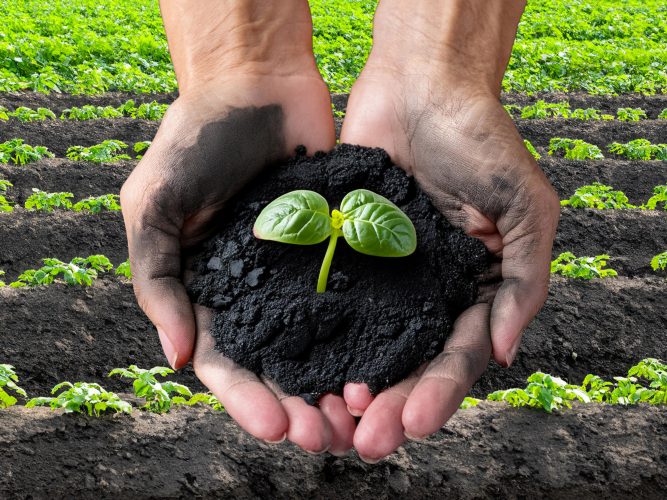Char
Different kind of chars
Char is a solid product obtained during pyrolysis. It is a carbon-rich and porous material which can be used for a wide range of applications, depending on the feedstock used and on the operating conditions.

Due to its high carbon content, char is considered as an important tool for decarbonization of industries.
| Biocoal | Biochar | Biocarbon | Recovered Carbon Black | Other | |
| Feedstock | Biomass | Biomass | Biomass | End of Life Tire | Plastic/Waste/… |
| Temperature | 250-450°C | 450-650°C | 650-800°C | 450-650°C | 400-800°C |
| Properties | Similar to coal. Can be used as a substitute to reduce greenhouse gas emission. | Carbon-rich product allowing CO2 capture and storage. Agronomic properties. | Similar to coke. Can be used as a substitute to reduce greenhouse gas emission. | Similar to Carbon Black. Can be used as a substitute for circular economy and waste valorization. | Variable properties. Could be used as material for waste valorization. |
| Expected yield | 50% | 25% | 20% | 35% | – |
Average energy content in biomass is 16-18 MJ/kg. When applying a light thermal treatment, part of the volatiles are removed and the energy content can be increased to 20-25 MJ/kg. This opens new applications for this green fuel, such as fossil fuel substitution.
Sequestration of carbon in a solid and geologically stable form is one of the most sustainable ways to actively reduce the amount of carbon in the atmosphere. Furthermore, biochar has interesting agronomic properties, such as enhancing soil fertility, improving plant growth, and providing crop nutrition. As a result, it improves the overall farming productivity. It has also gained considerable attention in livestock farming as an animal feed.
Alongside biochar, biocarbon also has a role to play in mitigating climate change, by reducing emissions from fossil carbon sources (particularly for the steel sector).
Heavy industry produces essential products but is also responsible for almost 40% of global carbon dioxide (CO₂) emissions. Steel, cement and chemicals are the three highest-emitting industries and among the most difficult to decarbonize.
For example, metallurgy uses fossil coal as both a heat source and a reducing agent in the chemical process of converting ore into elemental metal. Biocarbon can replace fossil coal and make the production greener.
End of Life Tires (ELT) are a waste that should be valorized rather than incinirated or landfilled. High amount of carbon black are required for tires fabrication. When pyrolysing ELT, the obtained char is very similar to carbon black and can be reused for fabrication of new tires.
Char coming from waste pyrolysis do not have a « green flag », as the feedstock is not biogenic. Its composition is difficult to standardize because of the variability of the waste, and it may contain important concentration of pollutants. However, it can still be used as filler in construction industry. Its content in metal compounds may also give interesting properties for filtration or catalytic reaction.
In nature, atmospheric CO2 is sequestered by geological processes, encompassing both the inorganic carbon pathway and the organic carbon pathway.
CO2 sequestration routes
- Long-term sequestration by converting CO2 into mineral carbon (carbonates) within sedimentary rocks. Carbonates are considered the end point of the inorganic carbon cycle in terms of stability.
- Conversion of biomass into biochar, which contains different stable carbon structures, including inertinite. Inertinite is the most advanced and stable form of organic carbon.
